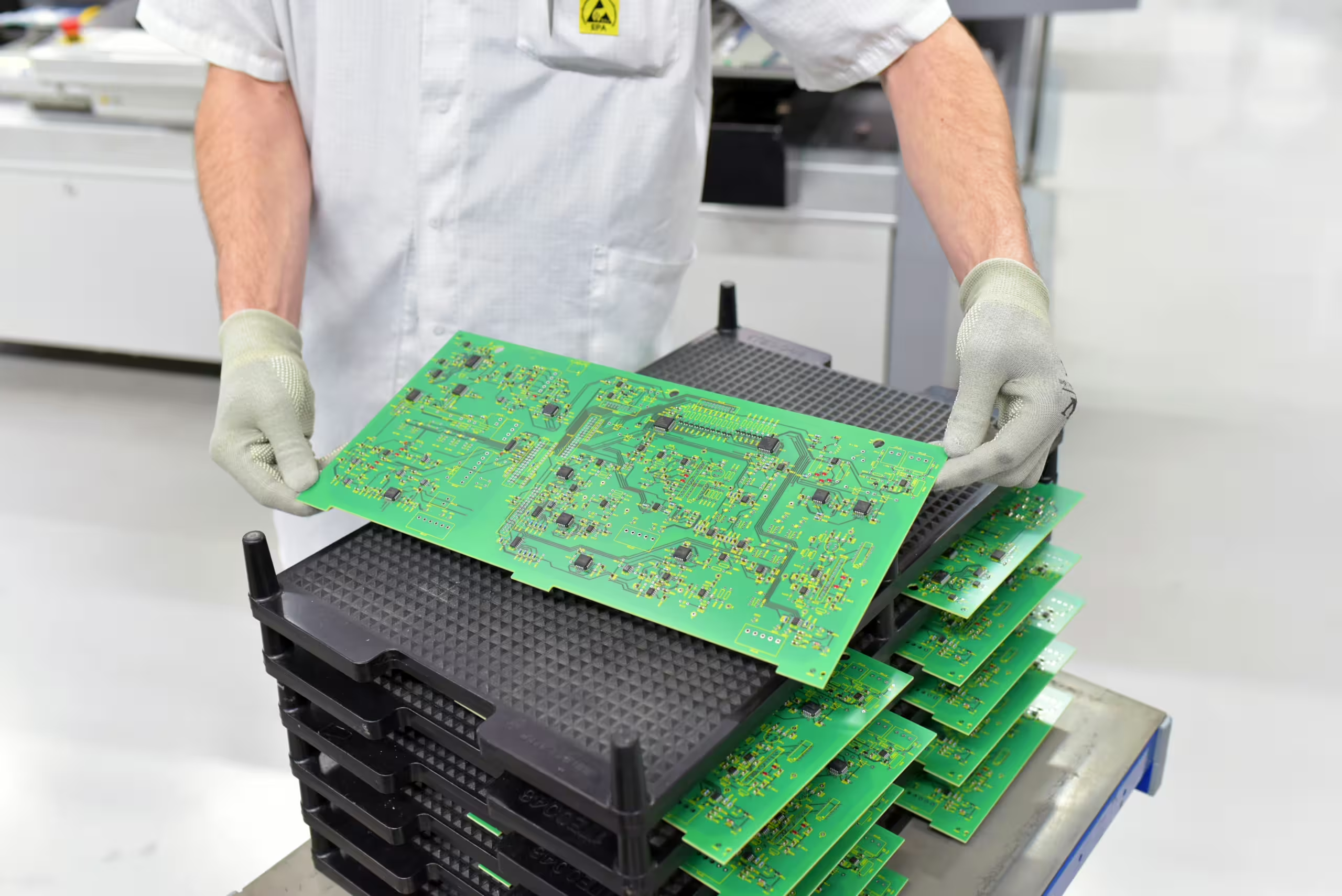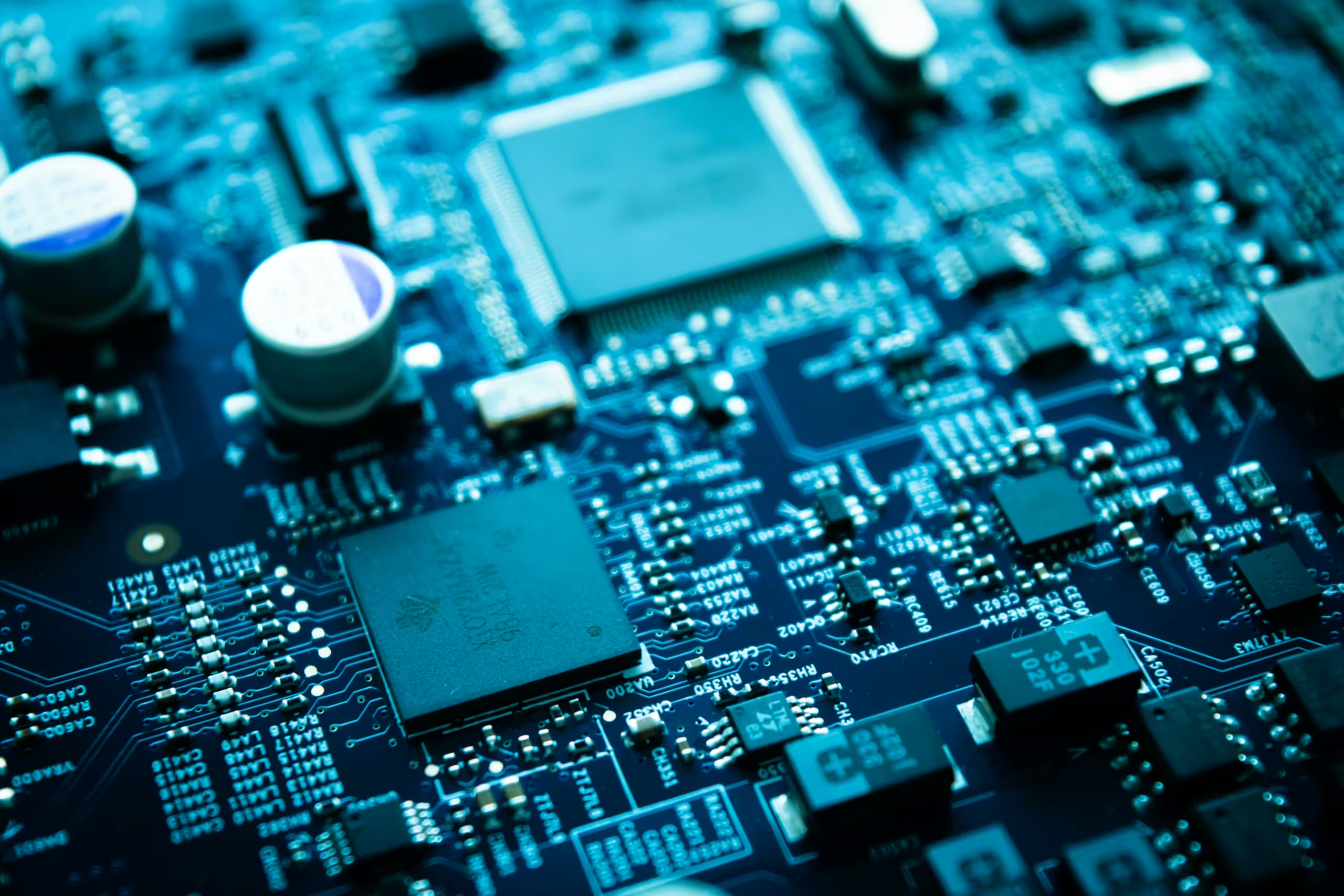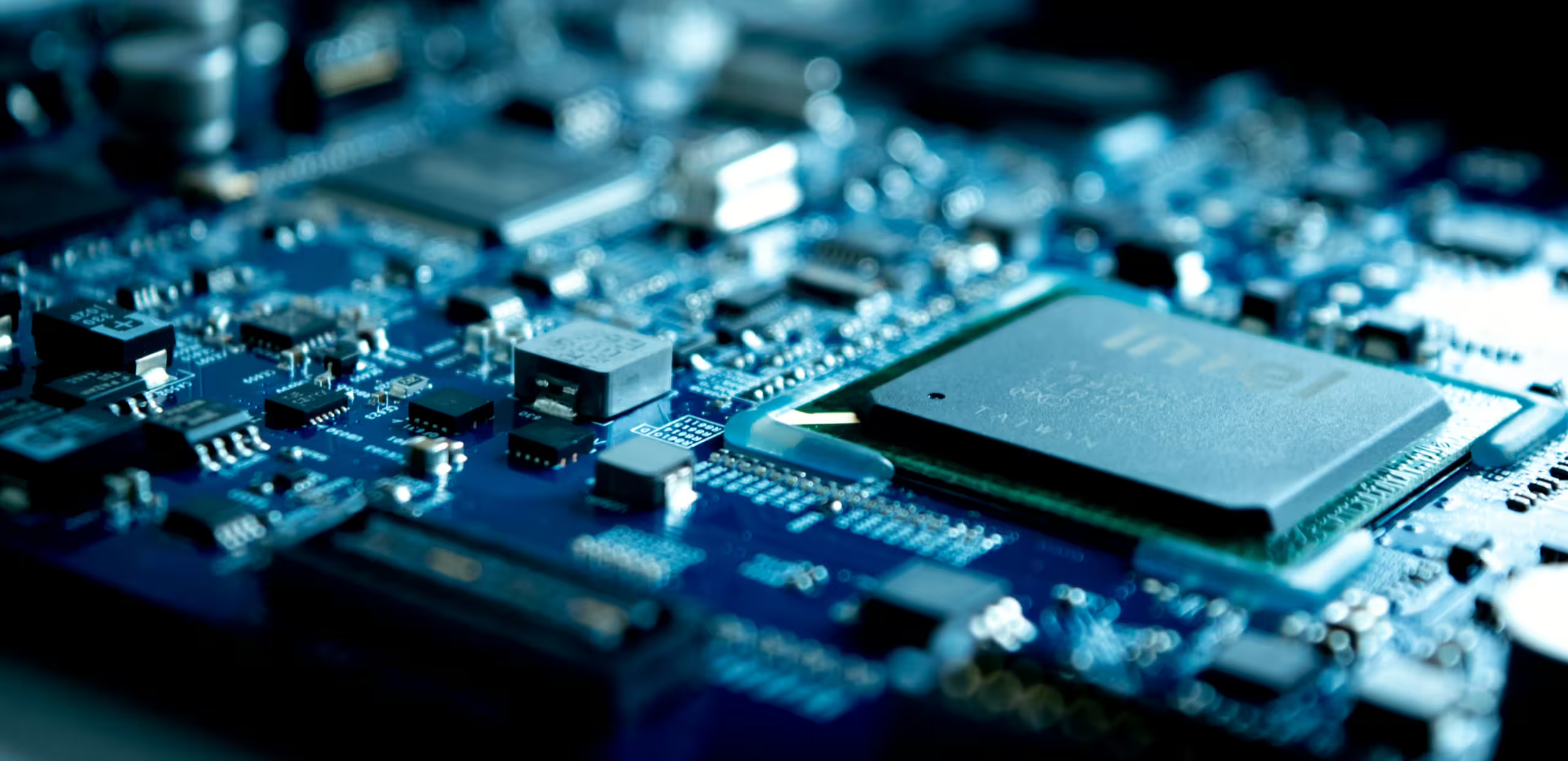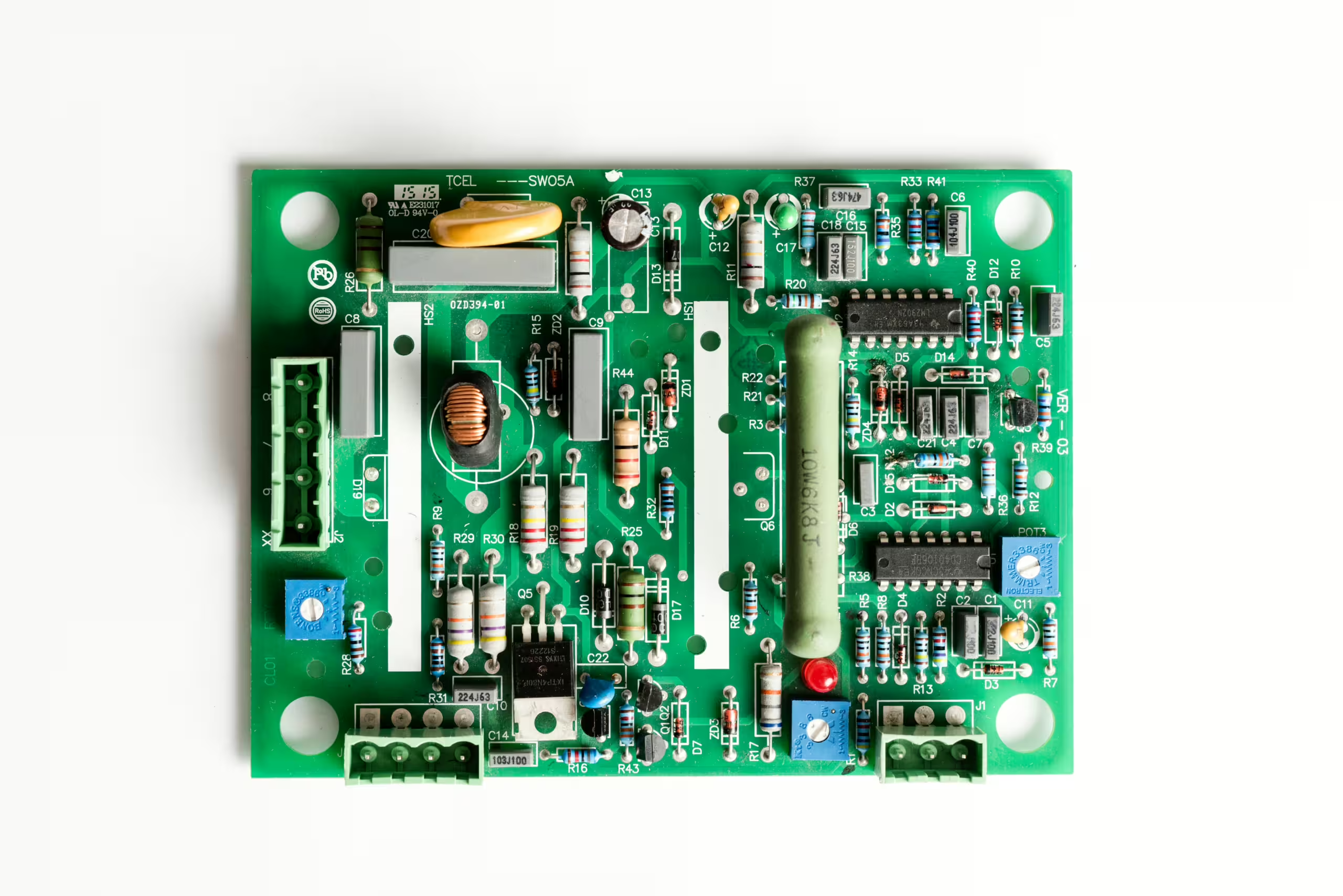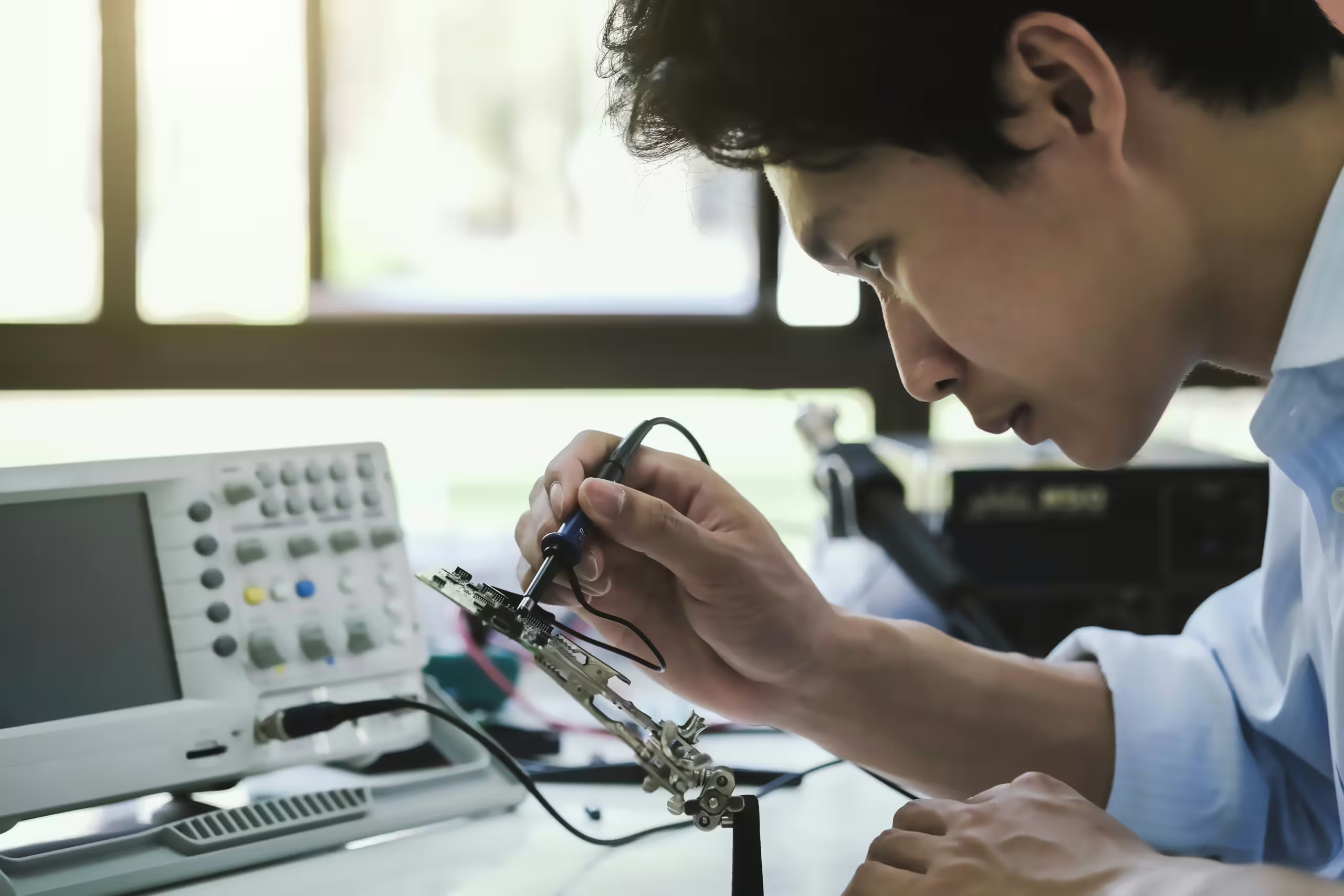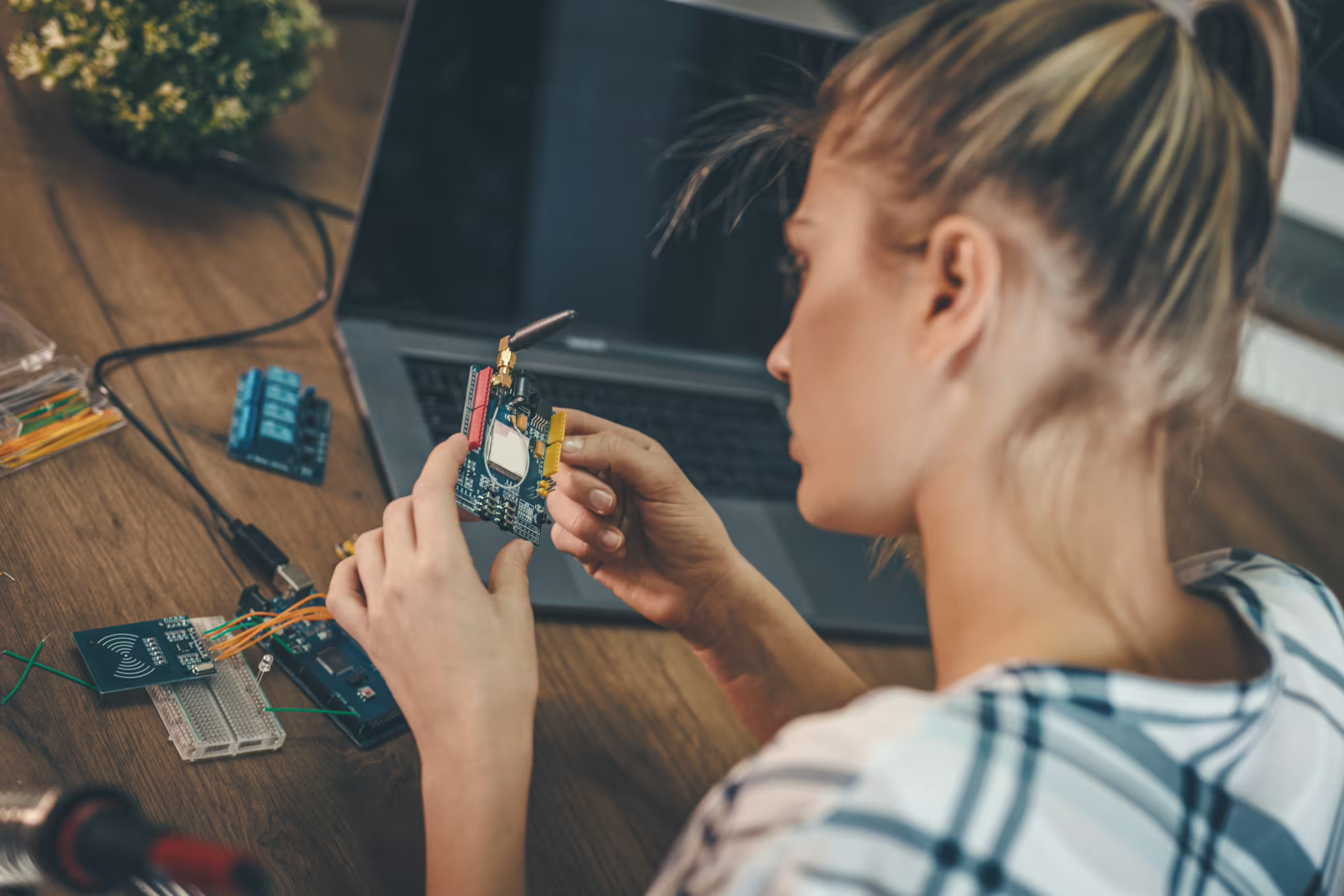Why are so many capacitors added to a circuit board? Capacitors serve nine major functions:
Energy Storage They store energy and release it when necessary.
Rectification Capacitors are used to turn semiconductor switching components on or off at predetermined times.
DC Blocking They prevent DC from passing while allowing AC to pass through.
Filtering Similar to the capacitors near a CPU, the higher the frequency, the lower the impedance (Z) of the capacitor.
Temperature Compensation They compensate for the inadequate adaptability of other components to temperature variations, improving circuit stability.
Timing Capacitors are used in conjunction with resistors to determine the time constants of circuits.
Tuning They are used for tuning systems in frequency-dependent circuits.
Coupling Capacitors act as a link between two circuits, allowing AC signals to pass through and be transmitted to the next stage.
Bypass (Decoupling) They provide a low-impedance path for AC components in a circuit, which are often in parallel.

